INTRODUCTION
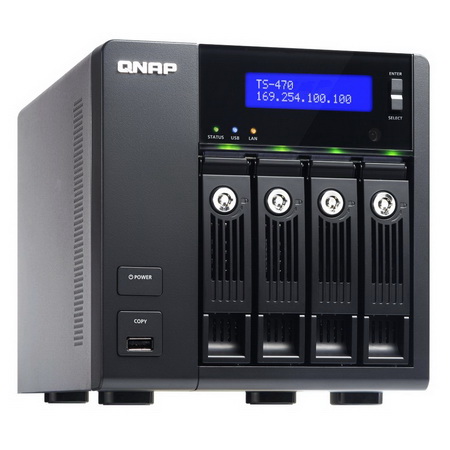
Up until roughly 5 years ago whenever i needed to download large chunks of data from the internet i had to use my HTPC system which naturally consumed a lot less power than my Intel Core i7 systems. Still even that used almost 90W at idle and although compared to my other systems this was nothing having it turned on almost 24/7 was not really good for my wallet. That all changed however when i received my very first NAS server and i haven't looked back ever since. True NAS Servers can't do everything a small PC can right from the box but currently these little devices can do most of what a PC can without however taking up the same space while at the same time their electrical requirements are many times less something that concerns many people especially those who use such devices nonstop for long periods of time. For the past two weeks we've been putting through rigorous testing yet another NAS Server by our friends over at QNAP and more specifically their latest and quite powerful TurboNAS TS-470.
QNAP Systems, Inc., as its brand promise "Quality Network Appliance Provider", aims to deliver comprehensive offerings of cutting edge network attached storage (NAS) and network video recorder (NVR) solutions featured with ease-of-use, robust operation, large storage capacity, and trustworthy reliability. QNAP integrates technologies and designs to bring forth quality products that effectively improve business efficiency on file sharing, virtualization applications, storage management and surveillance in the business environments, as well as enrich entertainment life for home users with the offering of a fun multimedia center experience. Headquartered in Taipei, QNAP delivers its solutions to the global market with nonstop innovation and passion.
The TurboNAS TS-470 is the most powerful NAS Server we've ever received (to date at least) and since alongside with it QNAP also released a few models featuring the Intel Core i3 CPU i think that things might be changing for NAS Servers, for the best that is. You see up until this day at around the same price category one could only find NAS Server models based on the Intel Atom CPU (many still do) and although even that is a long way from the Marvel based solutions a while back still it was nowhere close to what even a Celeron CPU could do. That being said the TS-470 may not feature the extremely powerful Core i3 CPU (extremely powerful for such a device) but it does feature an very powerful Celeron Dual Core CPU (model G550) running at 2.6GHz (the OpenGL 3.0 compatible Intel(R) Sandy Bridge Desktop MESA DRI version 9.0 takes care of the graphics part) and has 2GB DDR3 RAM paired with 512MB of flash memory. The TurboNAS TS-470 is also amongst the very few NAS Servers currently in the market with optional 10GbE (Gigabit Ethernet) support simply by replacing the dual port GbE PCIe adapter it already wears. Overall the TS-470 packs a large number of unique features and specifications so the time has come to see how all of those translate in performance.
SPECIFICATIONS AND FEATURES

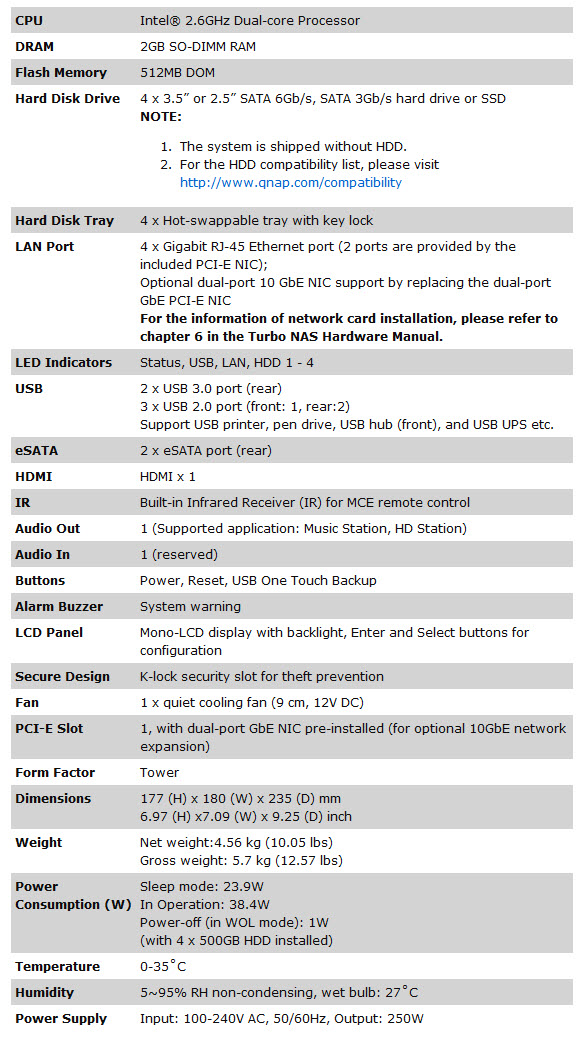

PACKAGING AND CONTENTS
The TS-470 arrived inside the usual white box QNAP sends their NAS Servers lately however this time over along with the product feature at the front QNAP advertises the difference between GbE and 10GbE.
Some of the features are showcased on the left side while on the right we see the features list written in 23 languages.
At the rear QNAP showcases their QTS (QNAP Turbo System) software along with some of the units’ features.
Once you open the box you will see a thank you message and 4 2D barcodes pointing to QNAPs support page and social media pages.
As always the device is placed inside two thick Styrofoam spacers while the rest of the bundle sits inside a cardboard box.
Along with the TurboNAS TS-470 NAS Server you will also receive 4 Ethernet cables, AC power cable, quick installation guide, software CD and three small plastic bags with the required HDD mounting screws and the tray keys.
THE TURBONAS TS-470
More power doesn't always equal to a larger size so the TS-470 is identical with every 4 bay NAS Server QNAP has released (rackmounts excluded) measuring just 235mm in length, 180mm in width and 177mm in height with a weight of 4.56Kg.
A section on the left side of the chassis is once again perforated allowing hot air to exit.
Typically the company logo is placed on the upper left corner of the fascia but this time over it's a bit damaged.
Beneath the logo we see the usual on/off power button along with the one copy button placed above a USB 2.0 port.
Three activity LEDs are placed right next to the functional VFW screen (however it only provides information on some aspects of the NAS, you can't make any changes through here) and its two buttons (used for navigation).
All 4 aluminum drive trays feature locks and can hold both 2.5" and 3.5" drives.
The HDD sequence can be seen on a sticker placed on the device.
You can access the myQNAPcloud feature either by going to the URL pointed out or by using your smartphone to scan the 2D barcode.
The rear of the TS-470 is very rich with connectors (i reckon more than any of us could ever use).
The device uses its own PSU and its exhaust grille is placed right over the 90mm exhaust fan.
Next to the fan we see the PCIe adapter with its two GbE ports, the headphones and microphone ports, two eSATA ports, two more GbE ports, 2 USB 3.0 ports, 2 USB 2.0 ports, HDMI port (probably version 1.4) and a Kensington lock.
The device sits on 4 round rubber feet but don't let that fool you since they did slightly scratch the wood of my new desk when i placed it on.
Opening the chassis is not hard, you just need to remove the screws at the rear and voila. The impressive part starts once you remove the mainboard since for the Celeron CPU QNAP had to use a somewhat large passive cooler.
Unfortunately both SO-DIMM ports are taken by the 2GB DDR3 RAM so you can't add more (or replace these to get more). One strange thing which i couldn't believe (so i had to double check with QNAP) is that the TS-470 wears the same exact mainboard as the TS-670 PRO (in case you are wondering yes that's a good thing).
SETUP
As always prior to using the device i strongly recommend heading over to the officiall QNAP support page to download both the latest QTS version and the software you might need.
The setup procedure uses an explorer window and is very user friendly. You just need to select your model from the drop down menu on the upper left corner and follow the instructions.
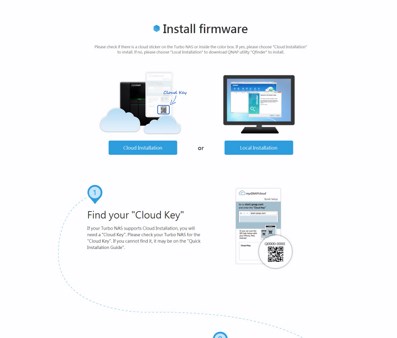

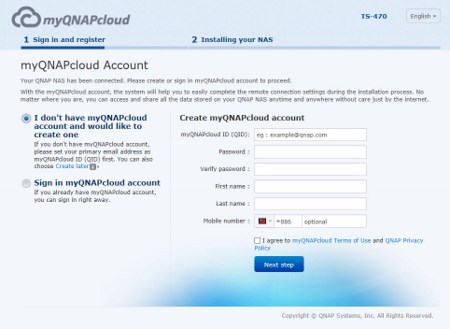
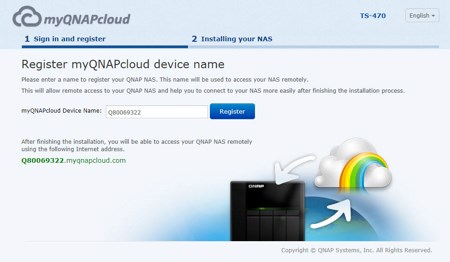
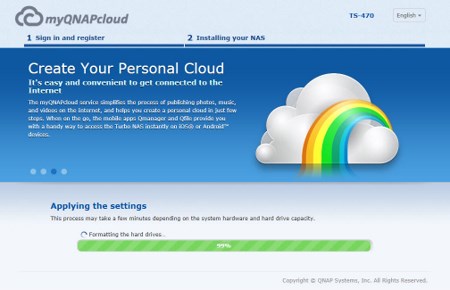
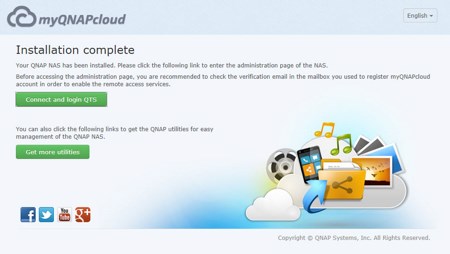
The setup wizard also allows you to setup the device using the myQNAPcloud feature so unless you plan on using the NAS Server solely from that location i recommend following that path.
WEB INTERFACE PART 1
For this review we used the latest QTS 4.1.0 Beta version which is not really different from the previous 4.x.x versions (looks just as great).
The GUI screen looks a lot like the familiar desktop screens of both Windows/Linux and at the main tab you will find the icons of the main available/installed stations.
As expected everything goes through the control panel of the QTS 4.1.0.

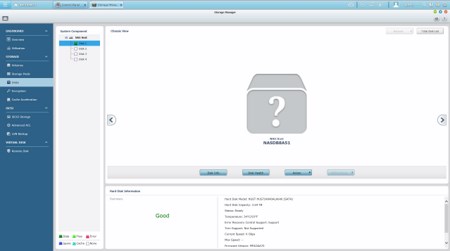
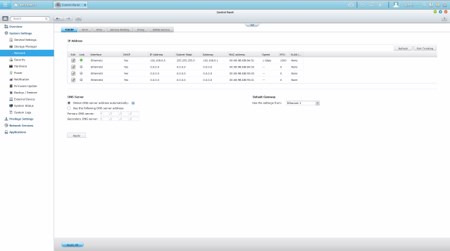

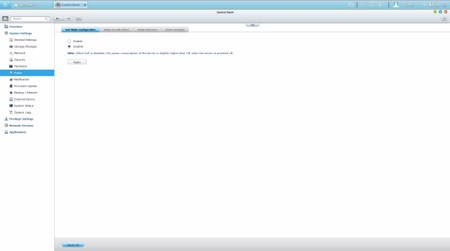
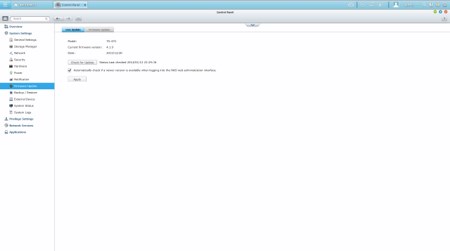
Via the System Settings menu you can set the name for the server, adjust time, set a password, specify your location, adjust the network IP, play around with power options, set notifications, check the state of the installed drives, create RAID and Virtual drives, enable/disable security settings, configure the speed of the fan, check hardware information, setup backup options, access external device settings, check the logs and of course perform firmware updates.
The Privilege Settings tab is very basic and allows you to create new users, assign those users to groups, setup shared folders, set specific quotas for each user and configure domain security.
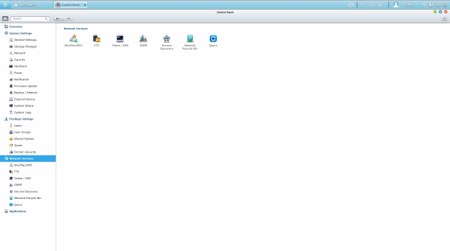
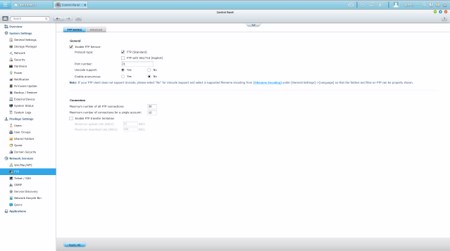
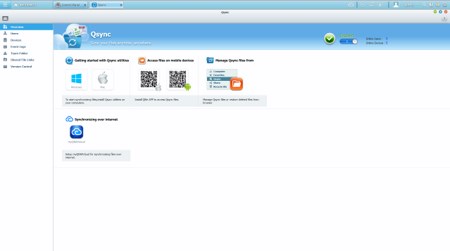
From within the Network Services menu you will find everything network-related including FTP settings, Telnet service settings and service discovery settings. You can also setup/configure the Qsync application which allows you to have your files synced between the NAS and your other internet capable devices at all times.
In order to use some of the installed stations you will need to enable them from within the Applications tab.
WEB INTERFACE PART 2
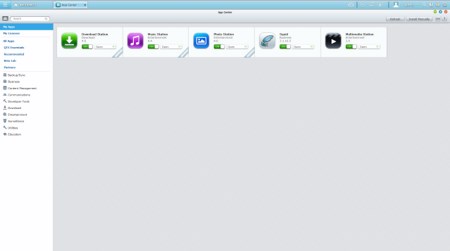
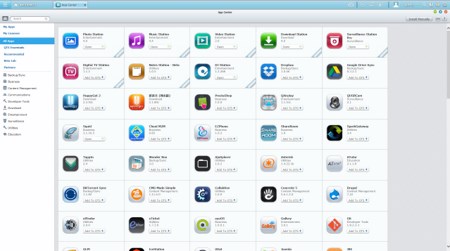
The TS-470 comes with several applications/stations already installed but you can install a lot more from within the App Center.
The Video Station allows you to upload videos to the NAS and afterwards make them available for others to see regardless of their location.
By using the backup station you can back up your data to and from the NAS server or to one of the many online cloud backup services supported.
You can use the Download Station either to download torrent files or directly from HTTP/FTP.
The Music Station allows you to playback your entire music collection without switching to an external application.
The Photo Station still features the GeoTagging feature but this time over it seems to be using less system resources compared to previous versions.
Once again the File Station allows you to transfer files to and from the NAS and looks quite a bit like the Windows explorer.
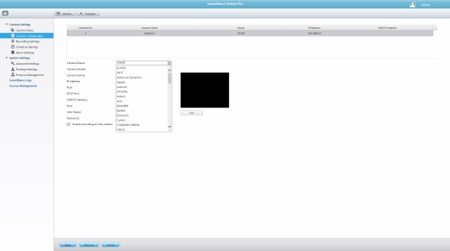
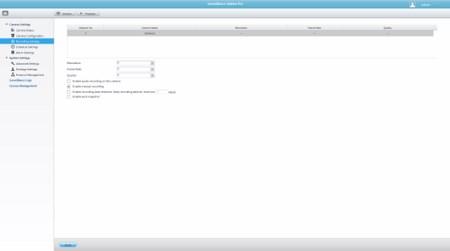
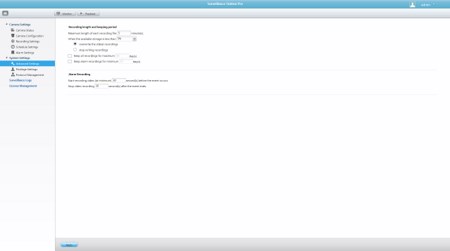

The Surveillance Station Pro remains pretty much the same and you can use it with a total of 42 IP cameras (for some reason Airlive is no longer present thus making it impossible for us to use the recording feature) from a very large range of manufacturers (even if your camera is not present you can use the several compatibility modes). However by default the application comes with just the base single camera license.
ANDROID/IOS APPS
QNAP has a small selection of Android/iOS applications from where you can check the state of the NAS Server, enable/disable the installed stations, start/pause torrent/HTTP/FTP downloads and access many of its functions (audio/pictures/files) as seen above.
XBMC SOFTWARE
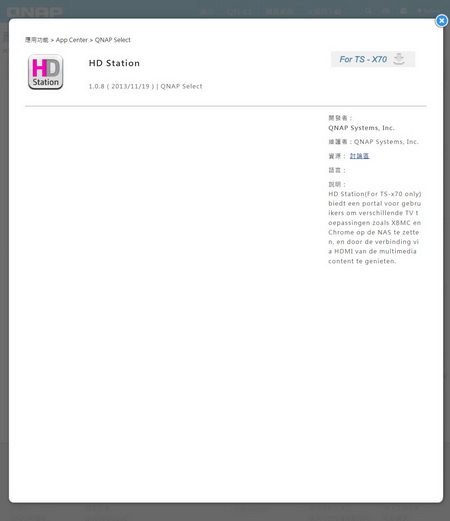
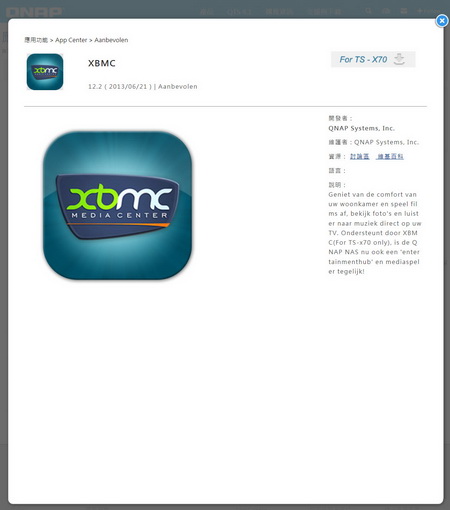
You will need to download and install both the HD Station and the XBMC application prior to using it. However since the versions on the QNAP page are made for the TS-X69 series (at the time of this review) you will need to search for the TS-X70 version as seen above (you will find it on other QNAP pages).
The XBMC application basically transforms the NAS Server into a HTPC thus you can use it from the comfort of your bed or sofa especially if you have the optional remote control.
As always you have the option to personalize the XBMC application quite a bit (for example change the skin of the menus and set the region/language/audio language options).
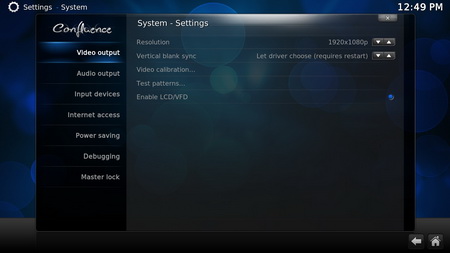
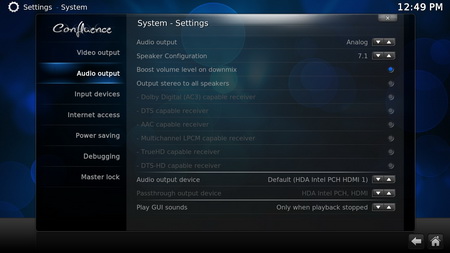

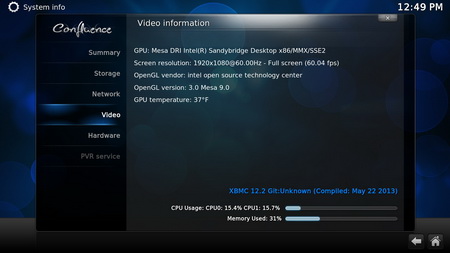
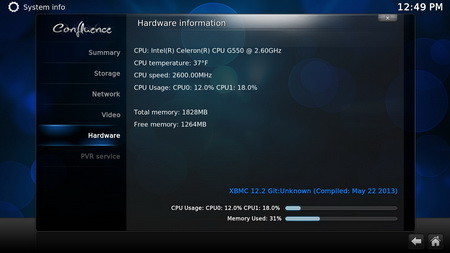
Important information like the hardware components of the unit are accessible through XBMC much like the several video and audio settings.



From this moment forward we will only be using our Blu-Ray MKV rip of Avatar S.E (42GB) to test the playback capabilities of NAS Servers, In the case of the TurboNAS TS-470 we didn't even find a single glitch while watching this movie (we didn't expect any to begin with) so once again we took some screenshots for all of you to see the level of detail.
TESTING METHODOLOGY – TEST RESULTS
Since some of the NAS servers/devices we have tested in the past are no longer in our possession (naturally) we will keep performing the exact same testing methodology we did in the past for as long as possible in order to provide accurate comparison results. So as always we will be using a single Seagate Constellation ES.2 3TB SATA III hard disk drive with the unit at hand (just like with all of the NAS servers) and perform several upload/download tests with a single 10.9GB file. Tests are repeated a total of 4 times after which we record the average numbers (from the 4 peak ones) into our charts. Finally the network device used is the same Netgear DGN3500 Gigabit ADSL2+ Modem/Router we always use when performing tests on NAS servers.
FILE TRANSFER TEST

A single 10.9GB file was uploaded and downloaded to and from all the NAS units in this test. In terms of write performance the TS-470 did very good but its read performance was not really as good as we were expecting.
TEMPERATURES

Nothing really impressive in terms of HDD temperature (luckily the TS-470 didn't heat up the drive more than previously reviewed models).
POWER CONSUMPTION

Power consumption is obviously higher than previously reviewed NAS Servers since the Celeron CPU can't be compared to the Atom ones (the cost of better performance however is slim).
NOISE LEVELS

During testing the 90mm fan never went over 44.7dBA however if you manually chose to run it at high speed you should expect noise levels way surpassing 50dBA.
CONCLUSION
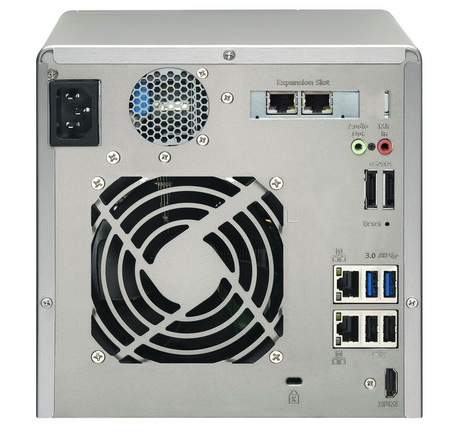
When QNAP released their latest batch of NAS Servers we were very curious to see how the Celeron and i3 CPUs would affect their performance and since the TS-470 was the first to arrive all the weight of our curiosity fell on it (that's also why we used it for 2 full weeks). However our results were not as clear as we were hoping them to be. Make no mistake the TurboNAS TS-470 is an excellent NAS Server with a very large list of features and hardware specifications second to none (ok perhaps second to the i3 models) but we feel that the Beta version of the QTS 4.1.0 may not be "tweaked" enough for that particular system and the reason we say this is because we can't figure out why an Celeron based system would perform on par with several Atom based systems. Of course the CPU doesn't offer much when it comes to read/write speeds but it does affect them so our only "suspect" currently is the current state of the OS we used (we will also use the next official release with the TS-470 to verify this). In the following months we will also get an 10GbE PCIe card to use with NAS Servers like the TS-470 so we can offer more accurate results to people who will not stay with the normal GbE ports (although this will mostly affect people with RAID0 configurations).
When you are out to buy a brand new high-end NAS Server model like the TurboNAS TS-470 by QNAP you know that you will end up spending quite a bit and its current price tag of USD1039.99 inside the USA (Amazon.com) and 1020Euros inside the EU (Amazon.co.uk) proves that. Of course to be entirely fair the TS-470 is not aimed towards casual users but professionals and enthusiasts who are looking to get the best possible performance without taking a second to look at the price. Overall QNAP has once again proven that they can maintain their head start with which they can lead the NAS industry and personally i don't see that coming to an end anytime soon. As for the TurboNAS TS-470 thanks to its performance, specifications, 10GbE compatibility and vast number of features it gets our Golden Award with ease.
 PROS
PROS
- Excellent Build Quality
- Celeron Dual Core CPU
- Very Good Overall Performance (will retest with future QTS version)
- Features
- 2GB DDR3 RAM
- 4 Gigabit Ethernet Ports
- 10GbE Compatible (Optional PCIe Card)
- 5 USB Ports (2xUSB 3.0 / 3xUSB 2.0)
- 2 eSATA Ports
- HDMI Output
- RAID 0/1/5/6/10/ 5 + Hot Spare Support
- SATA III (6Gb/s)
- QTS 4.x.x OS
CONS
- Power Consumption (For Some)
- RAM Not Expandable (For Some)
- Price (For Some)

 O-Sense
O-Sense





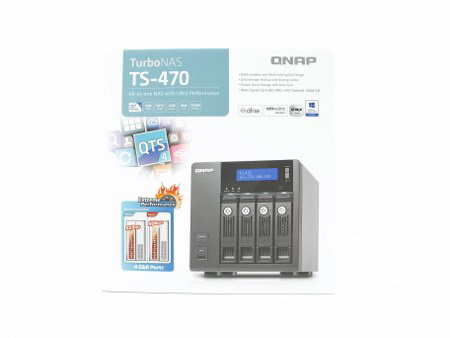
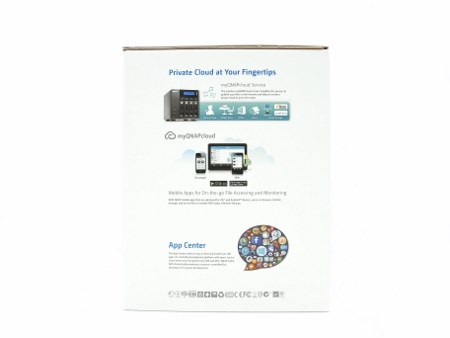

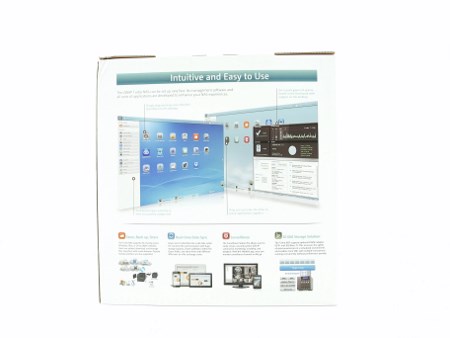


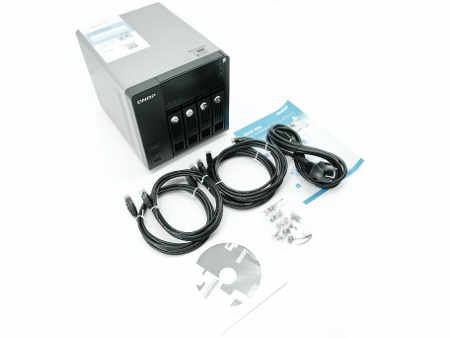
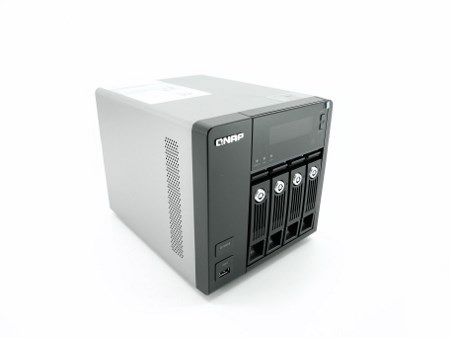
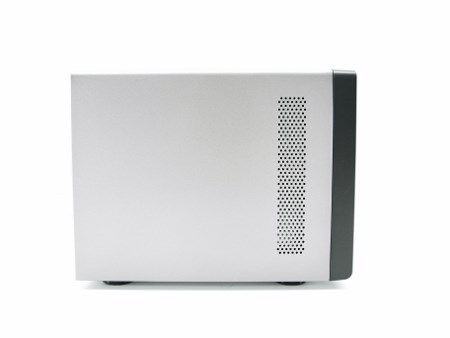
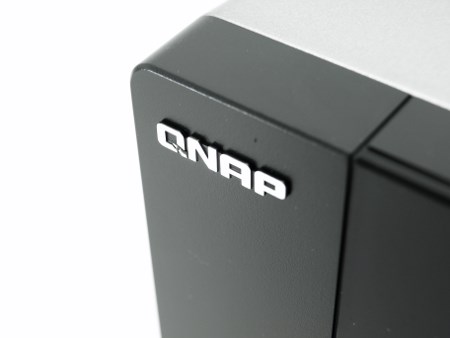
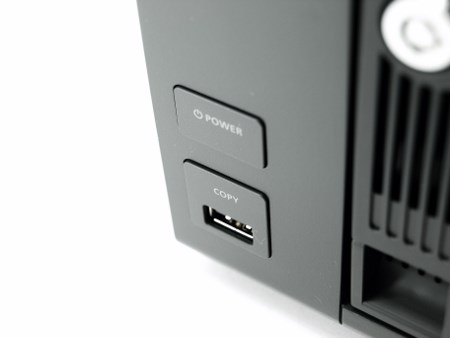

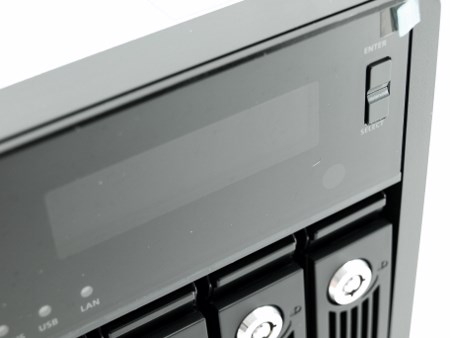
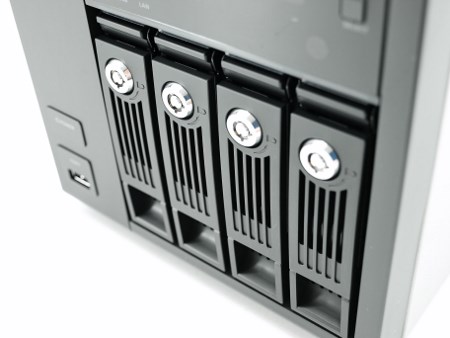


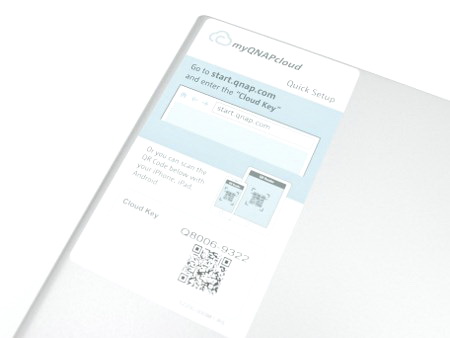
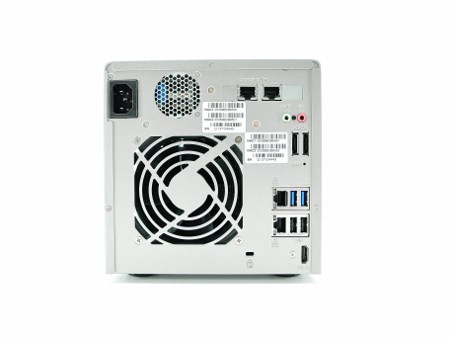
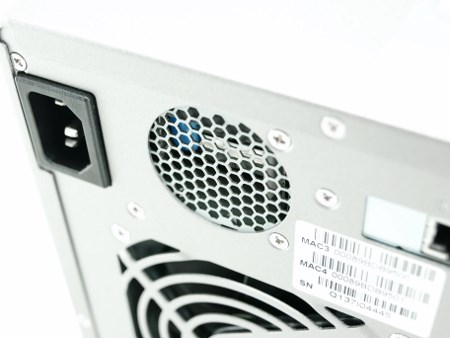
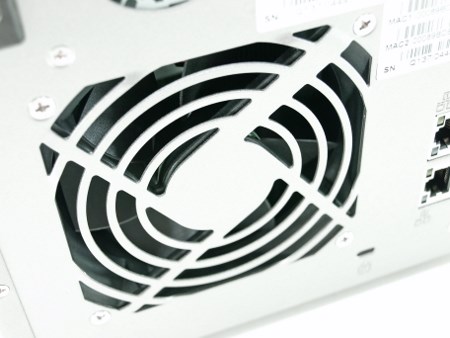
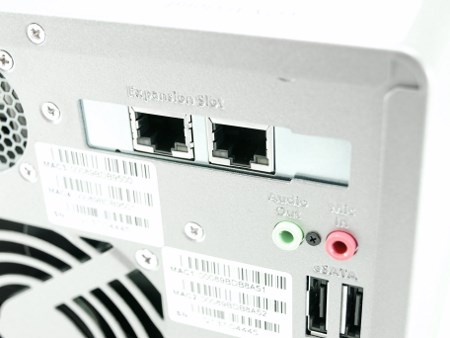
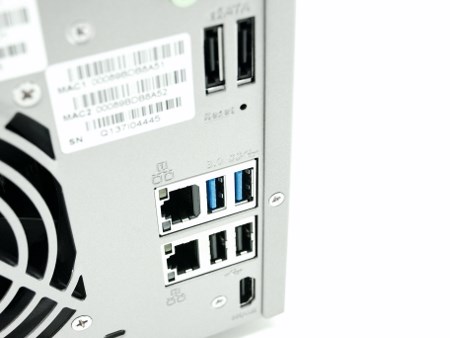

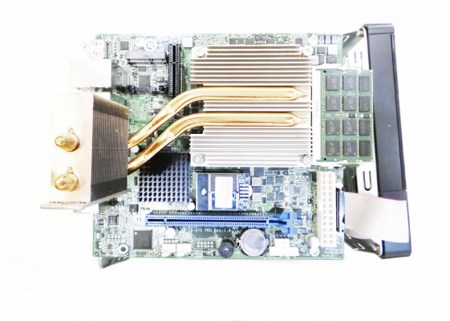

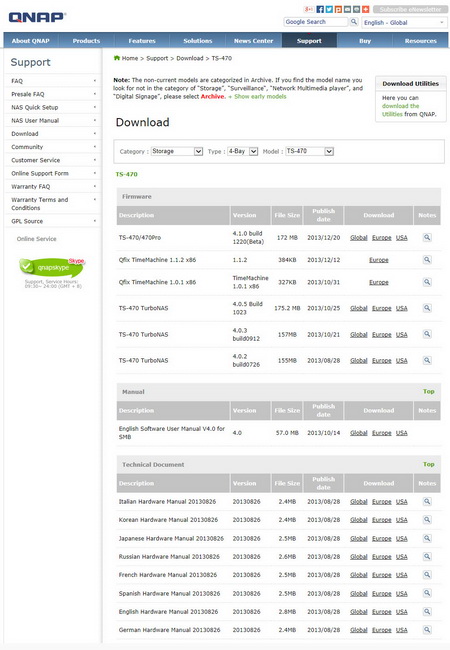
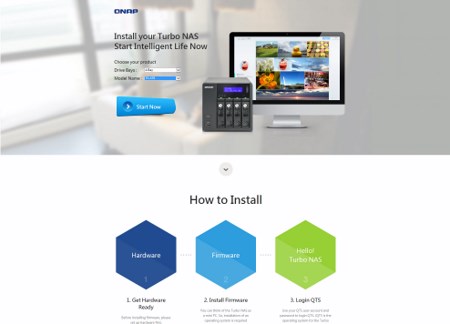
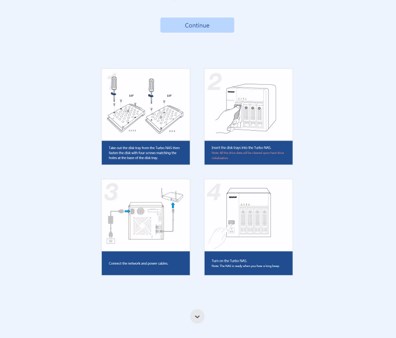
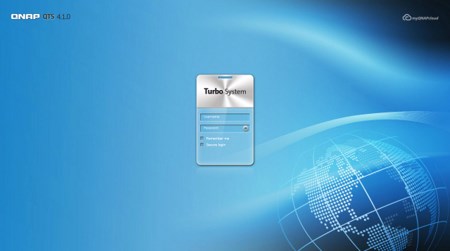

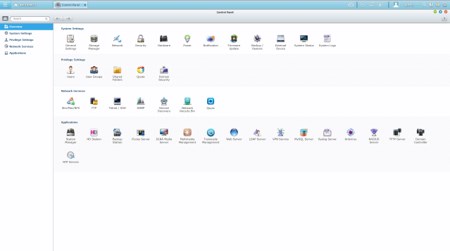
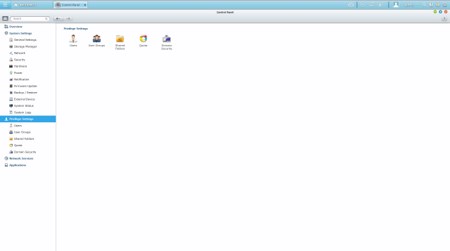
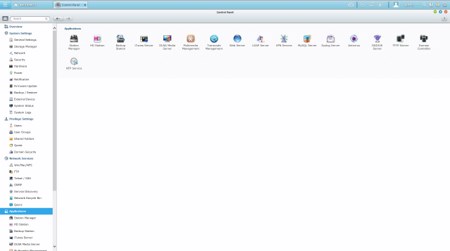
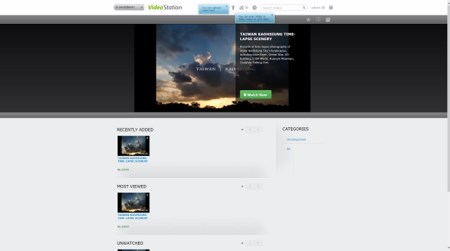
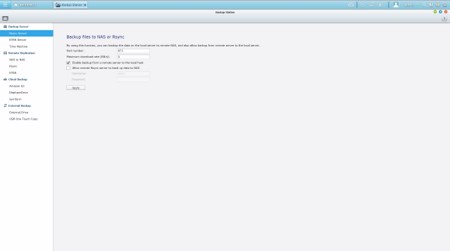
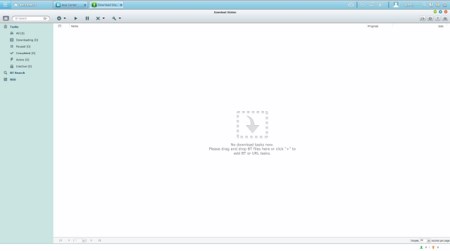
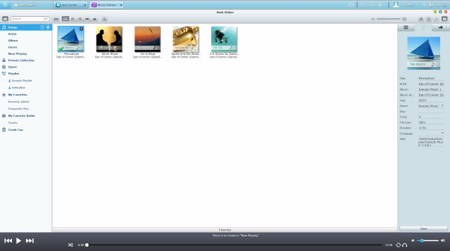

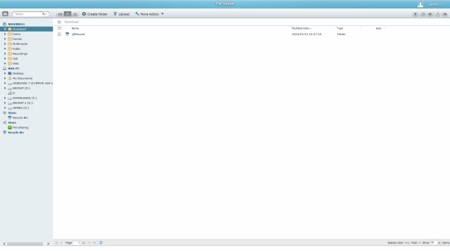

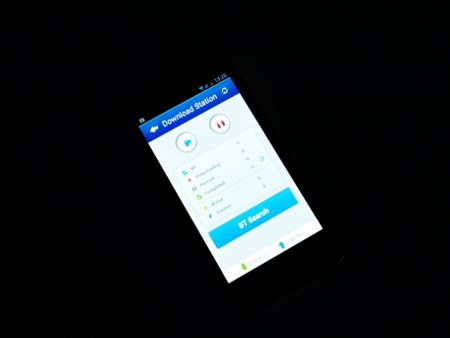




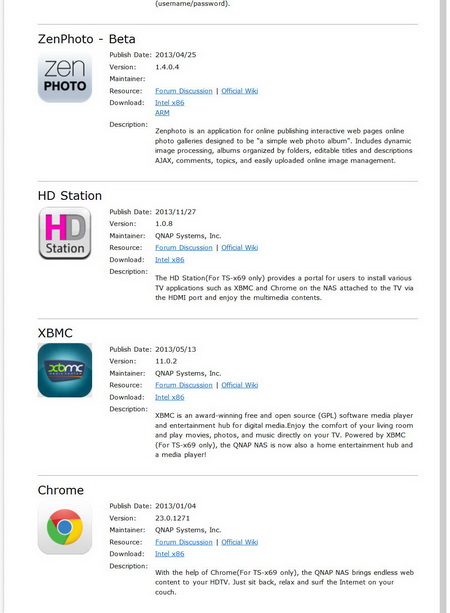
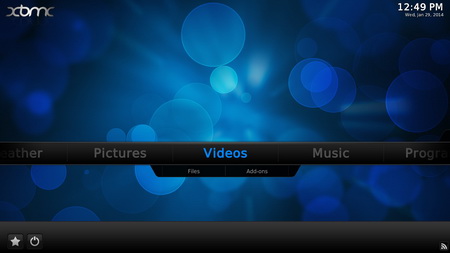
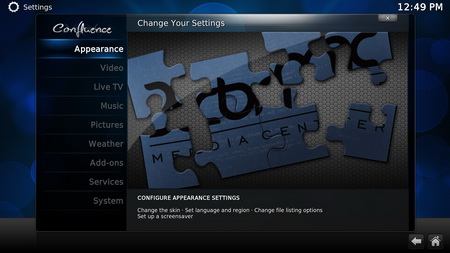


.png)

